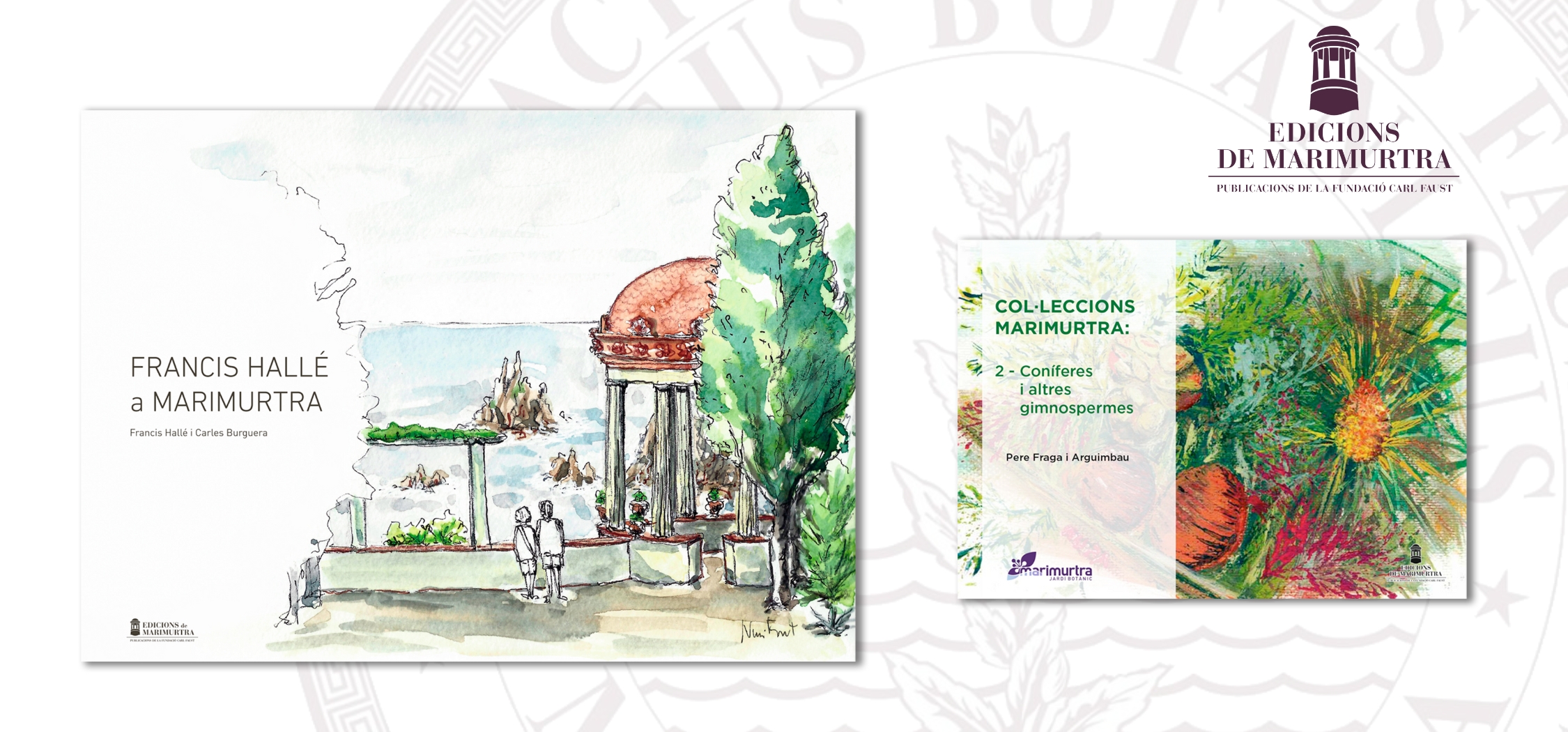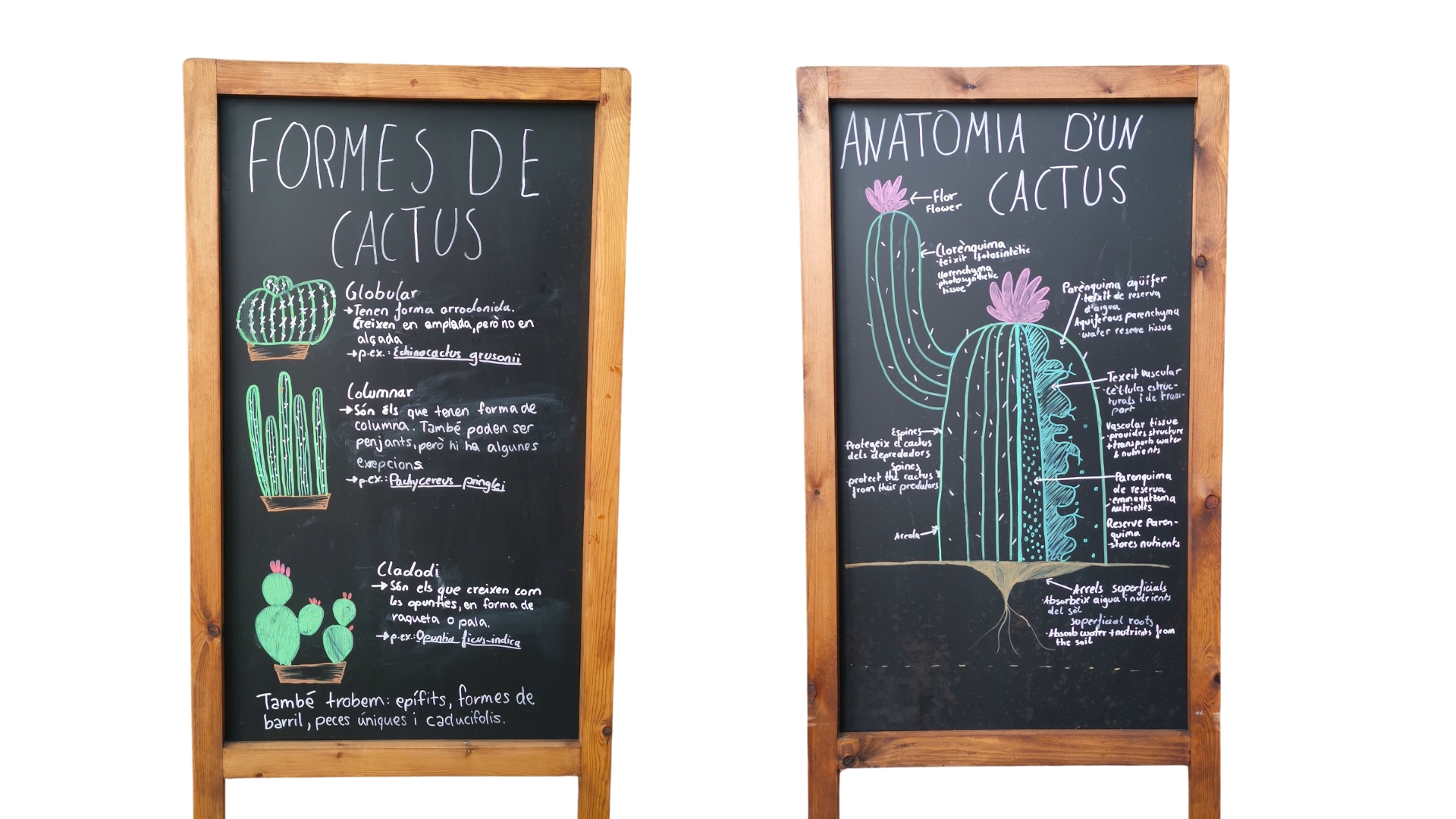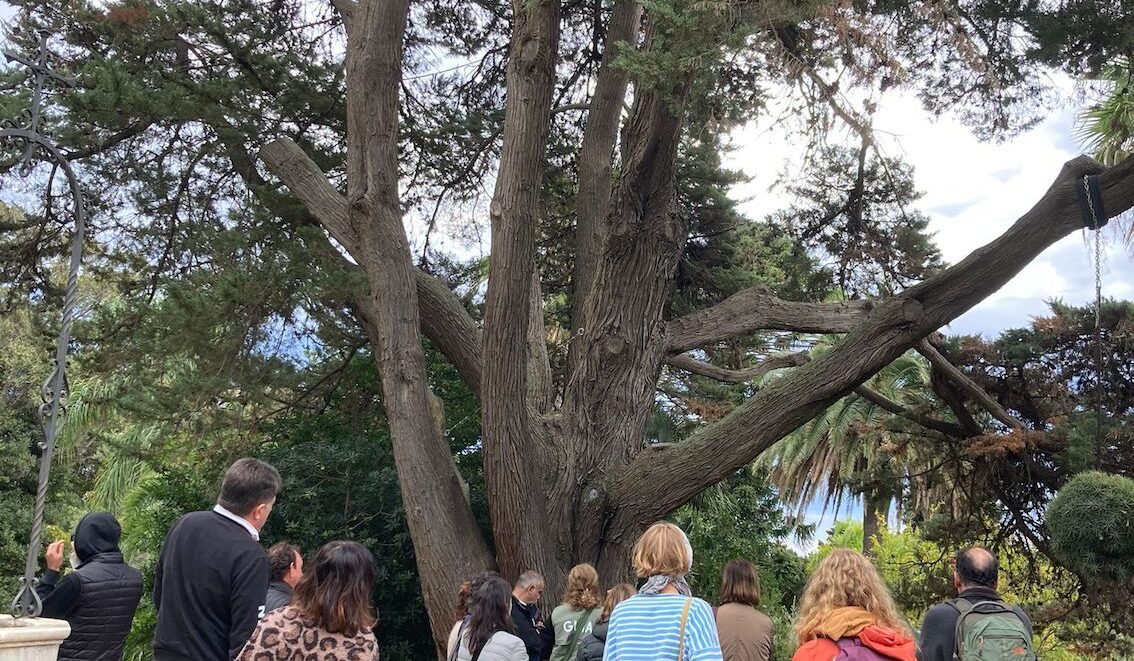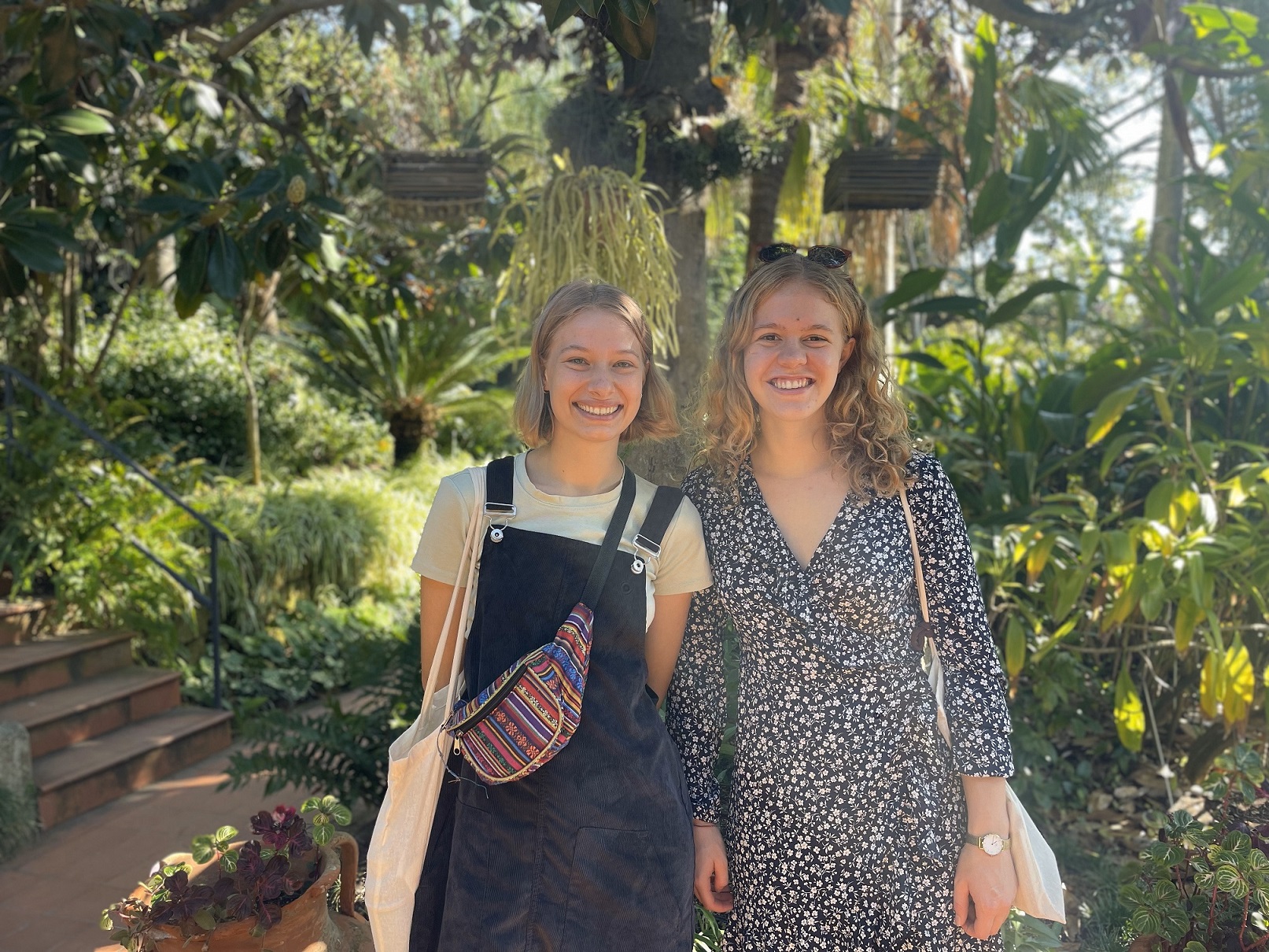Mia and Louisa arrived in Marimurtra in October 2023. After two months of this international volunteering experience of the European Solidarity Corps program and living with the Botanical Garden, they tell us about their experience in the first person:
We are enjoying our first few weeks in Blanes to the fullest! We can now start working in the garden which is very exciting. We get on very well with the gardeners. Although we are still struggling with the language, we sometimes find a way to communicate and understand the jokes of the gardeners. Our tasks are mainly cutting plants such as palm trees and hedges, but also weeding and working with biological extracts for fertilization. In addition, we take care of the bird feeders and watch the birds in the garden.
Every Monday and Wednesday we visit the language school to learn Catalan and we can use it directly with the gardeners. This is very satisfying.
Due to the good weather lately, we often spend the afternoons on the beach enjoying the beautiful bays with less and less tourists. After discovering the urban center of Blanes, we were visited on the first weekend by a friend, who is currently staying in a village 40 km away. The three of us took a canoe trip to a nearby cove, which can only be done by boat and which we had already seen from the Botanical Garden. Also, they offered us the great opportunity to join the yoga class on Sundays at the botanical garden and we immediately decided to join the class weekly.
We also got in touch with eight very nice girls from Germany who are doing a year of volunteering in Tordera, which is very close to us. We met at the beach, had a picnic on the balcony and went to a climbing gym together. We also went to a Karaoke bar and participated in the city festival near the beach and visited the already mentioned friend in his nearby village.
Mia & Louisa























